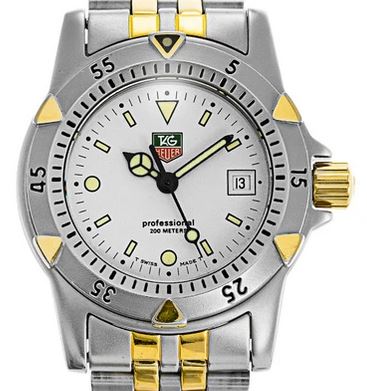Last Updated on February 4, 2024 by Jason
TAG Heuer, the Swiss luxury watchmaker, boasts a long history spanning well over a century. Founded in 1860 by Edouard Heuer in St-Imier, Switzerland, the company quickly established itself as a pioneer in precision timekeeping. Heuer’s commitment to innovation led to significant breakthroughs, including the patenting of the first chronograph mechanism in 1882, which laid the groundwork for the brand’s future success.
Throughout the early 20th century, TAG Heuer solidified its reputation as a leading supplier of sports timing equipment, providing instruments for prestigious events such as the Olympic Games and motorsports competitions. Notably, the brand introduced revolutionary timepieces like the Micrograph in 1916, capable of measuring time with unparalleled accuracy down to 1/100th of a second.
The mid-20th century marked a pivotal period for TAG Heuer as it expanded its presence in motorsports, becoming closely associated with iconic races and drivers. Models like the Autavia and the Carrera, introduced in 1933 and 1963, respectively, exemplified TAG Heuer’s commitment to combining precision engineering with elegant design, catering to the needs of racing enthusiasts worldwide.
In 1985, TAG Group Holdings S.A. acquired a majority stake in Heuer, leading to the formation of TAG Heuer. This acquisition heralded a new era of modernization and innovation for the brand. Throughout the late 20th century and into the 21st century,
Throughout its long history, TAG Heuer has remained synonymous with precision, performance, and style. The brand’s dedication to pushing the boundaries of watchmaking while honouring its heritage ensures that it will continue to be a driving force in the world of luxury timepieces for generations to come.

Leave a Reply